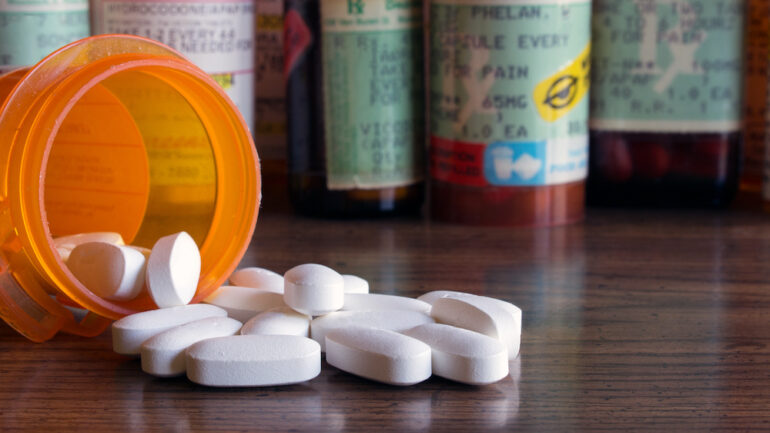Medical experts recommend cleaning out your medicine cabinet every six months and safely discarding expired medications. But what is considered proper medication disposal? Here’s a handy guide to safe and proper medication disposal.
Find a drop-off location.
It’s easier than ever to properly dispose of expired and unused medication. The U.S. Drug Enforcement Agency provides official drop-off locations throughout the country. The DEA advises that you drop off medicines in their original containers after removing patient identification information. Many pharmacies and police stations serve as drop-off sites. Contact your pharmacy to see if it is a participating center. Or check the DEA website to find a drop site near you.
The DEA also has scheduled drug “take-back” days every April and October. There are 4,000 sites nationwide where you can bring your medications and dispose of them anonymously. Dates and locations are found on the DEA website.
What about flushing medications down the toilet?
In general, flushing or trashing medications is not recommended – with one exception. The U.S. Food and Drug Administration says you should flush meds down the toilet if: the medications are potentially lethal and/or have a high abuse rate AND no safe drop-off locations are available. This includes fentanyl patches, which, even after use, still contain a hazardous drug residue. The FDA has an online flush list that can be referenced.
You can dispose of drugs in the trash by emptying the bottle and mixing the medication with a substance such as used coffee grounds, cat litter or dirt.
Inhalers need special disposal.
Inhalers also require proper disposal. Like aerosol cans, they can potentially explode if punctured or burned. Read the instructions on the labeling for appropriate handling.
Related – Twelve Things That Might Scare Buyers Off


